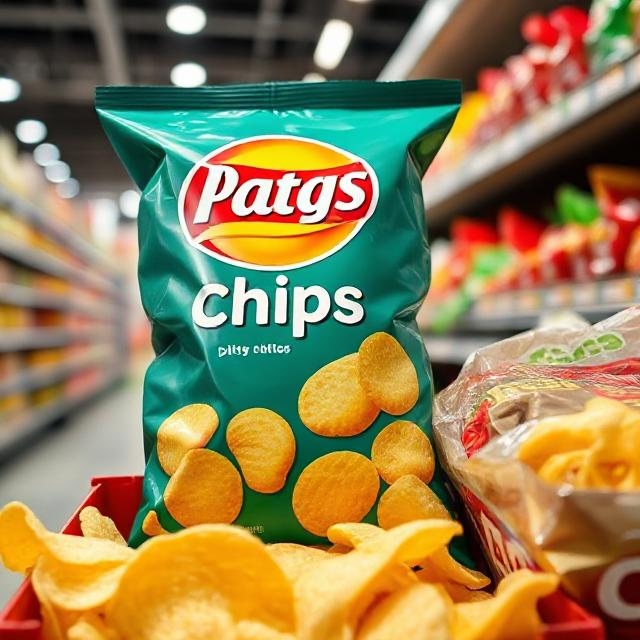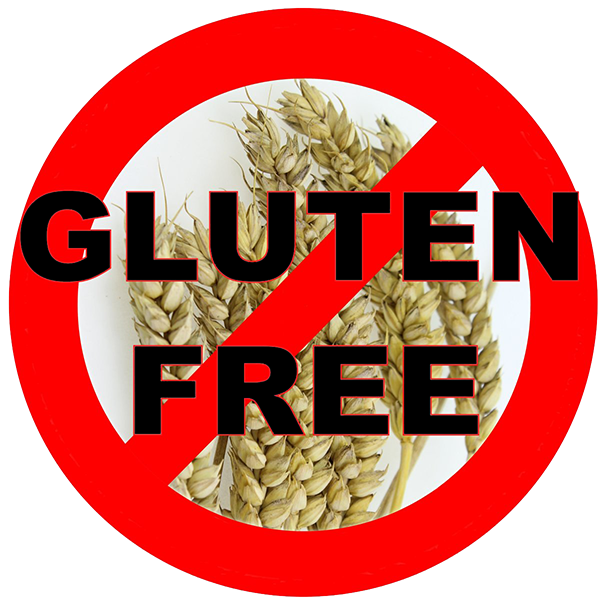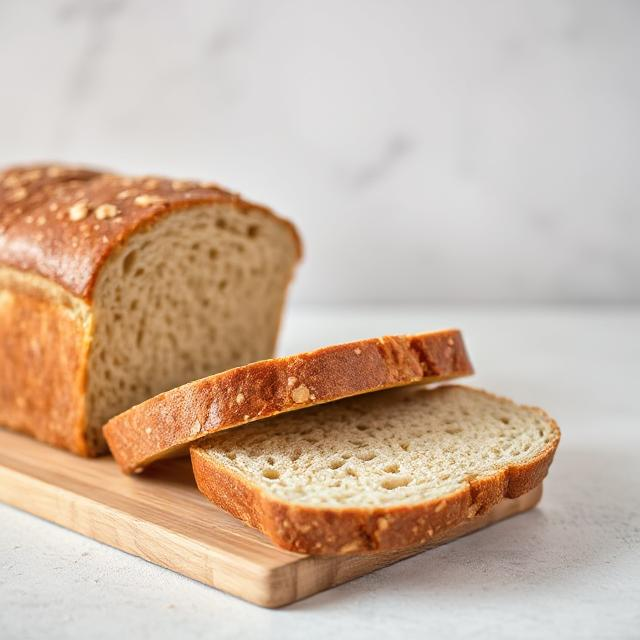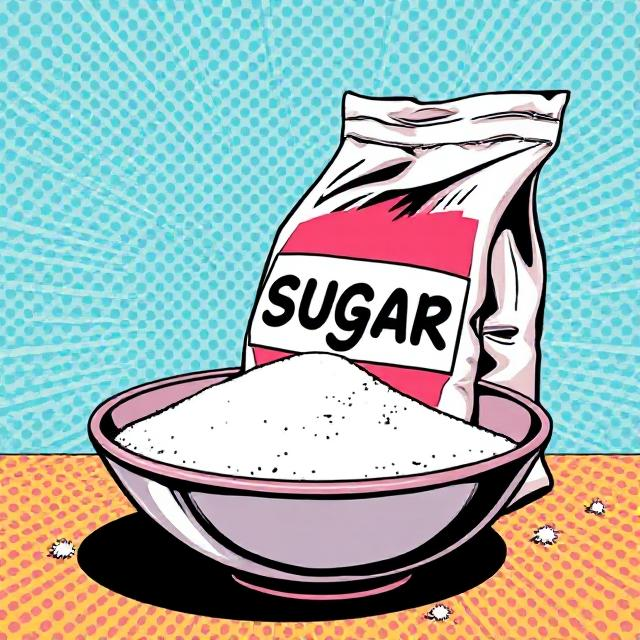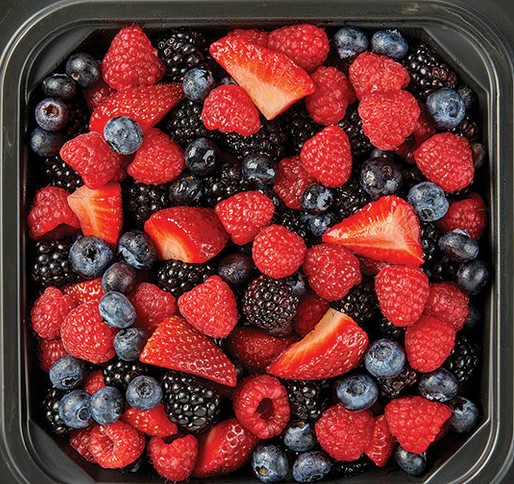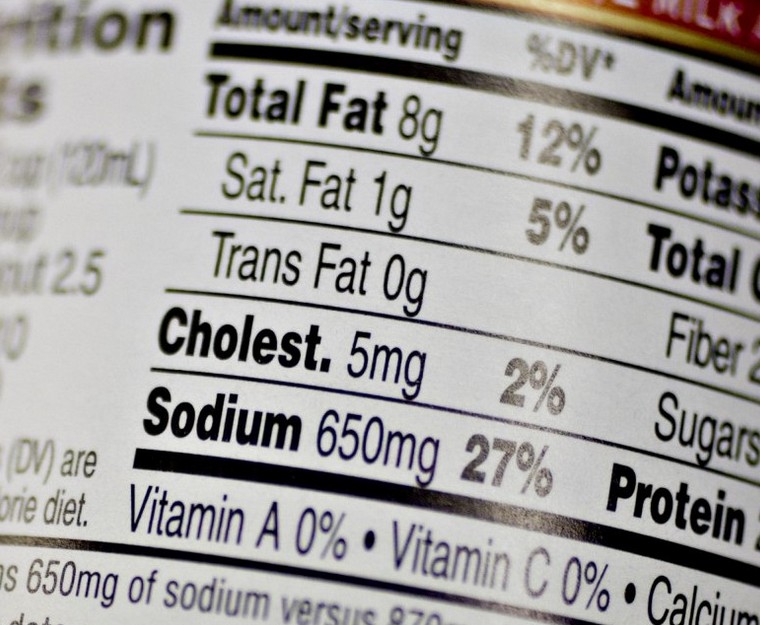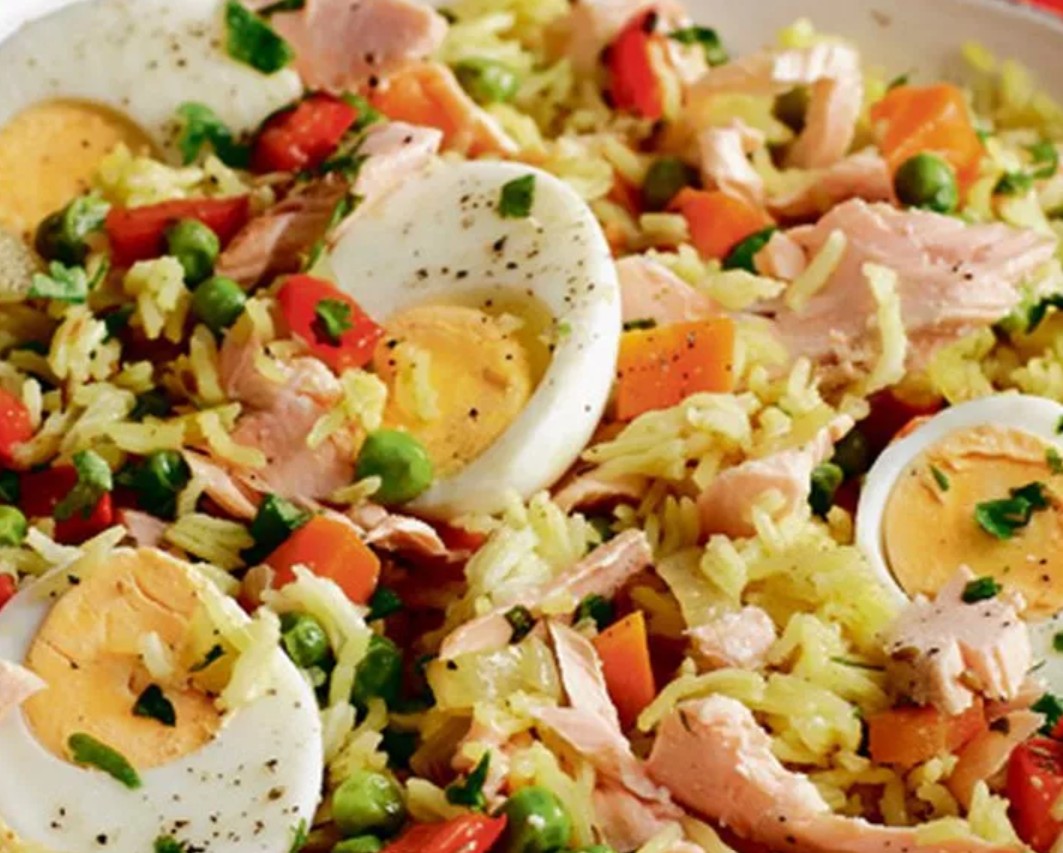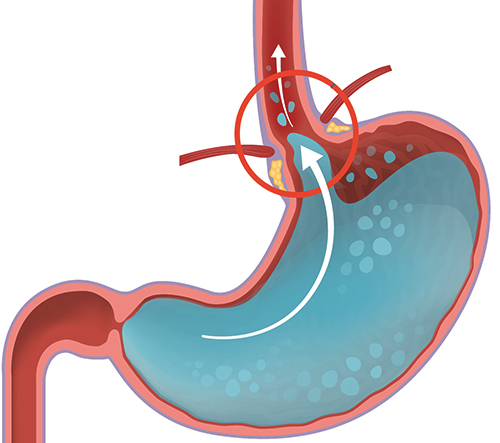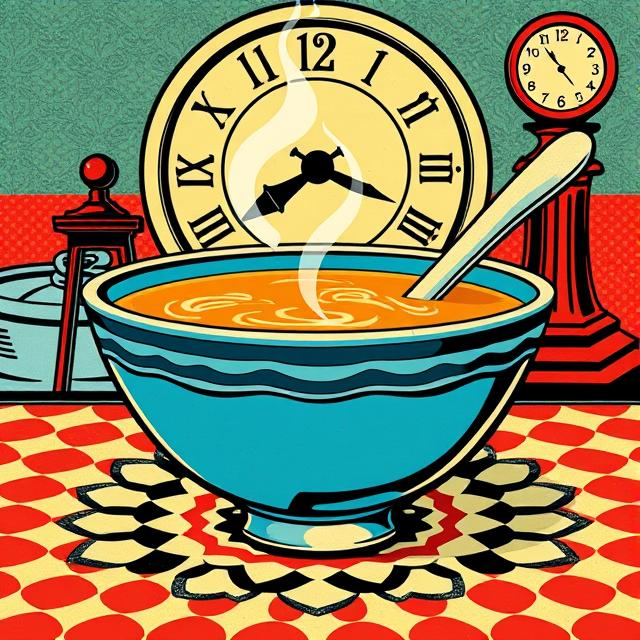Getting older isn’t what it used to be — and that’s a good thing. Thanks to advances in healthcare, technology, and social attitudes, aging today comes with more opportunities, more freedom, and yes, more fun. Whether it’s traveling the world, starting a new business, learning a new skill, or simply enjoying more time with loved ones, modern seniors are rewriting the story of what it means to grow older. Far from slowing down, many are just getting started — and proving that age is not a limit, but a launchpad. Here’s a roundup of ten positive, heartwarming, and encouraging news items or trends related to elderly individuals.
- Seniors Are Getting Fitter Than Ever
More people over 65 are embracing fitness than ever before — with senior yoga classes, aqua aerobics, and even senior CrossFit gaining popularity. One 80-year-old even completed a marathon in under 6 hours! - Lifelong Learning on the Rise
Universities around the world are welcoming more senior students. From online courses to in-person classes, older adults are earning degrees or exploring new passions well into their 70s and 80s. - Elderly Entrepreneurs Are Booming
A growing number of people are starting businesses after retirement. Whether it’s handmade crafts, food trucks, or consulting, older adults are proving it’s never too late to launch something new. - Tech-Savvy Seniors Are Taking Over
Many seniors are embracing technology — learning to use smartphones, social media, and even VR to stay connected, play games, and explore the world from home. - Older Volunteers Are Making a Global Impact
Retirees are volunteering abroad and at home in record numbers, offering their experience and time to schools, conservation efforts, and humanitarian organizations. - Intergenerational Living Is Coming Back
More families are rediscovering the joy of living under one roof, with grandparents, parents, and kids all together. The result? Stronger family bonds and more daily laughs. - Seniors Are Getting Creative — and Famous!
Art classes for seniors are surging, and some are even finding fame. From painting to poetry, older adults are expressing themselves and gaining recognition for it. - Brain Health Breakthroughs Are Helping People Stay Sharp
Research into Alzheimer’s and dementia prevention is yielding promising results, and more seniors than ever are engaging in brain-boosting habits like puzzles, meditation, and new hobbies. - Age-Friendly Workplaces Are on the Rise
Companies are hiring — and keeping — older workers, valuing their reliability, wisdom, and experience. Flexible hours and remote options are making it easier for seniors to stay in the workforce if they want to. - Centenarians Are the New Celebs
People aged 100+ are hitting the headlines, often sharing their secrets to long life (usually laughter, good food, and dancing). They’re inspiring younger generations to age with grace, humor, and resilience.




